HELLO! Boy howdy, your face is fantastic.
Today we’re gonna be talking more about how that big ol’ brain of yours processes humor.
(This is Part 2 in an extremely slow-going but worth-the-wait series entitled Why Your Brand’s Gotta Be Funny. Read Part 1 here.)
Specifically: today we’ll look at how the brain processes “incongruity,” and what a teensy moment of disconnect has to do with making you snort-laugh.
This is my all-time favorite “Wait, what??” GIF. You will see it in all of my slide decks.
First: What’s incongruity?
Incongruity is a mismatch between what we see or understand to be true and what we (consciously or unconsciously) expected.
We realize that something doesn’t match up. We struggle to understand why. And then we experience a sudden, shocking shift in perspective as our brains adjust to the new reality.
That’s the moment where funny happens — where we “solve the problem” and “get the joke”.
There are a few different incongruity theories and approaches (the rabbit hole goes pretty deep) and at least a dozen full books! To get into all of the various theories here would require me to be a heartless supercomputer, which *beep boop* I am definitely not.
For now, let’s focus on incongruity-resolution.
These theories suggest that humor arises as a result of that problem-solving process. So how does the problem-solving process actually work?
I love this Incongruity-Resolution Model by Jerry Suls (1972), adapted by Rod A. Martin:
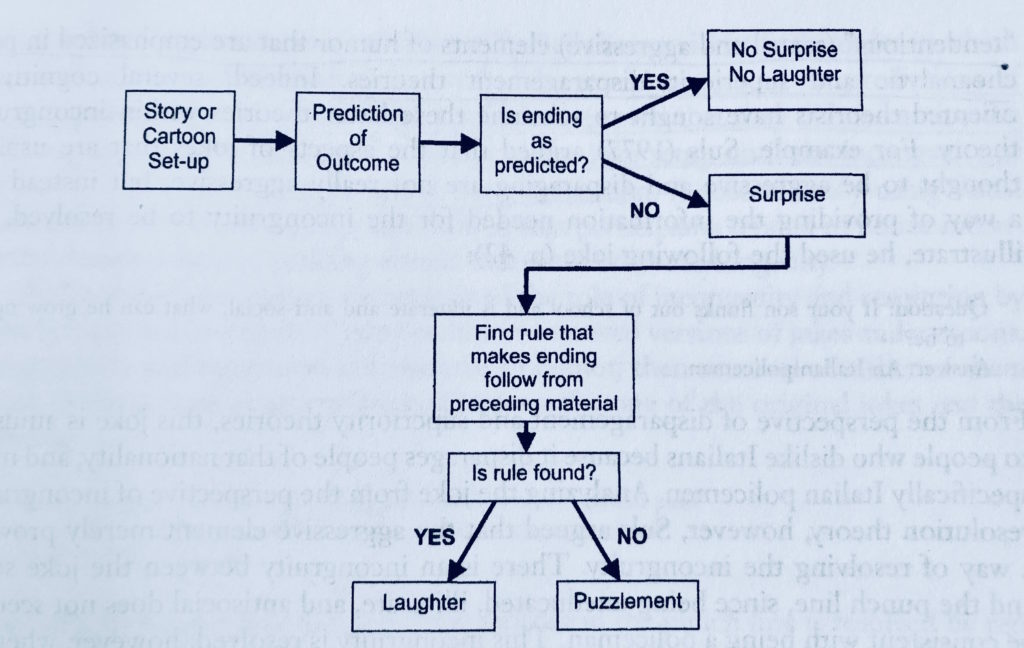
As you can see, our brains predict the outcome of a story or setup.
If we’re right, we’re not surprised, and we don’t laugh.
If our predictions are wrong, we’re surprised. We examine the story or setup for a “rule” that would allow the incongruity to make sense.
If we don’t find that rule, we’re confused. But when we do find the rule, we “get” the joke and laugh!
This double-entendre one-liner is a great example of having to think for a second to find the “rule” or interpretation that makes the joke funny:
“Remains to be seen if glass coffins become popular.”
REAL-LIFE EXAMPLE TIME!
Imagine taking a sip of a delicious, creamy red smoothie.
Your mouth and brain are expecting strawberry. So it’s pretty jarring when your tongue registers “OH SHIT, THIS IS KETCHUP.”
Womp womp.
Now, that experience might not be ha-ha funny (at least not to you, or not at the time) but it’s a perfect illustration of how it feels to expect one thing and get something different.
Tons of standup comedy is built on laying expectations, and then flipping or changing the joke’s resolution to something the audience doesn’t expect.
For example, consider this joke from Emo Phillips:
“I learned about sex the hard way — from books!”
One of my favorite, most meta examples of incongruity-resolution is from the brilliant Dan Gilbert. While explaining the brain’s tendency to always be “nexting” (predicting the future), Gilbert tosses out this perfect sentence:
“As long as your brain’s guess about the next word turns out to be right, you cruise along happily, left to right, left to right, turning black squiggles into ideas, scenes, characters, and concepts, blissfully unaware that your nexting brain is predicting the future of the sentence at a fantastic rate. It is only when your brain predicts badly that you suddenly feel avocado.”
Reader, I cackled.
Incongruity by itself isn’t necessarily funny
It’s important to remember that while incongruity is a vital ingredient of humor most of the time, incongruity by itself isn’t automatically funny.
If you were walking on the sidewalk and you got hit by a car, that’d be incongruous. But I bet you wouldn’t think it was funny! This example borrowed from Rod A. Martin’s The Psychology of Humor, a textbook with which I am straight obsessed.
Why did the monkey fall from the tree? Because it was dead.
Where to use incongruity in your marketing
Like other approaches to humor, incongruity can fit neatly into lots of different spots in your marketing strategy.
But one place it’s super-effective? The top of the funnel, where you need to snag attention FAST.
Spot #1: Use incongruity at the top of your funnel to get attention
PPC ads, videos, and email opt-in popups are all fair game for grabbing someone’s attention, making them say “Wait, what?” and then flipping the script on them.
Here’s an opt-in I screenshotted from Paris fashion designer (and Punchline subscriber!) Striiiipes. This opt-in is hidden behind a tiny footer link that says “Don’t click here”:

This introduces incongruity. Why wouldn’t you want me to click around your site??
When you do click that little link, you’re treated to the resolution:
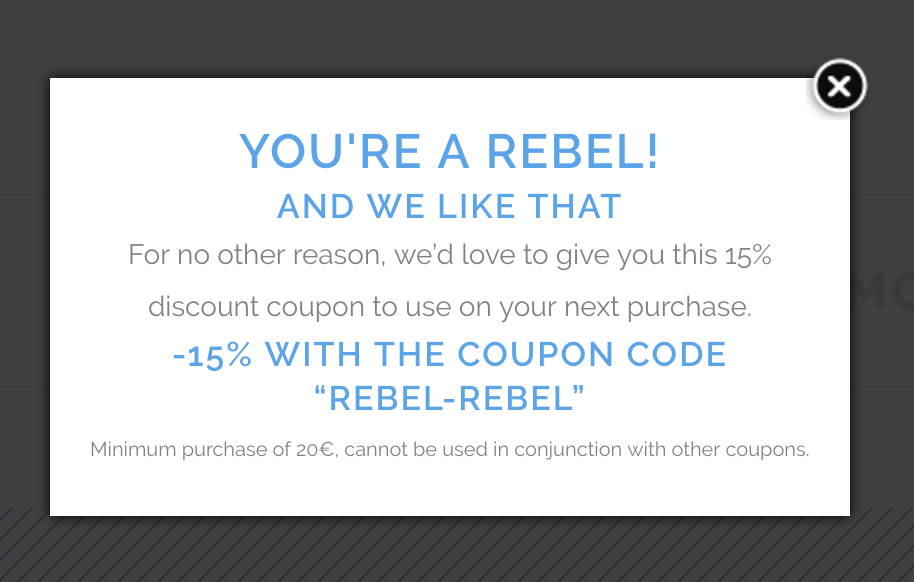
I LOVE IT.
One of my favorite parts of my own top-of-funnel setup is a lil ol’ page on PunchlineCopy.com called “Secret Cat”.
Users click a link in one of my first few onboarding emails to tell me more about themselves — and as a reward, they’re whisked straight to a page featuring a photo of my ridiculous cat lying upside-down.
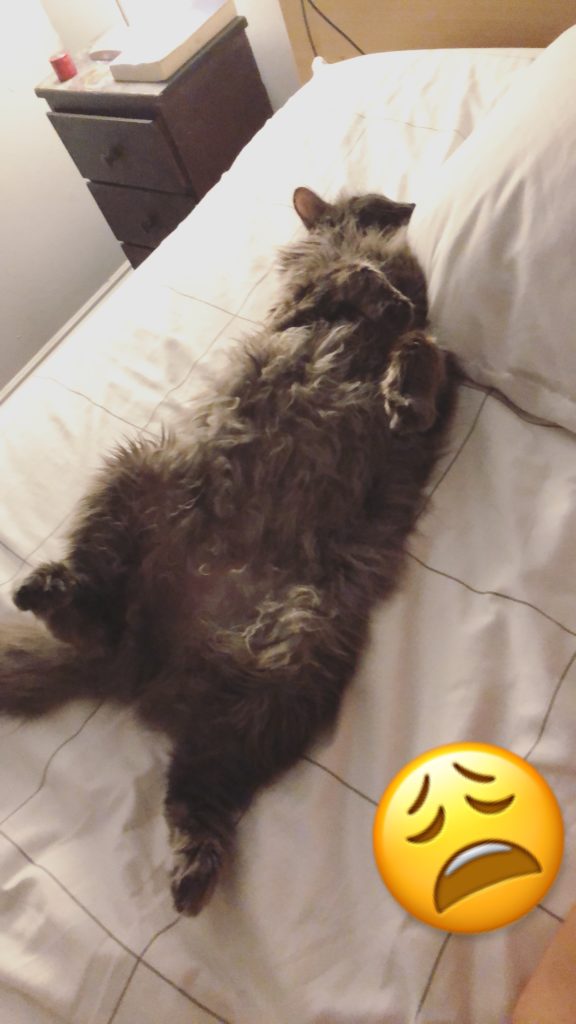
This is not the same photo. He’s just usually upside-down.
Presumably, Secret Cat is not what my readers were expecting. But the experience of “finding” him is generally beloved.
(Or so I assume. 😬 Hey, people stay on the list.)
Viral video ads tend to use an incongruous or unbelievable setup as a hook to keep viewers watching, and then flip the script on their expectation.
Harmon Brothers is especially great at this. Just watch the opening of this Poo-Pourri spot, which they made:
You see a perfectly groomed, fancily dressed, beautiful woman (with a British accent — which is automatically more authoritative to American ears). Then you hear her declare, “You would not believe the motherlode I just dropped.”
That prooooobably wasn’t what you were expecting.
And you probably snickered a little bit. Boom: incongruity accomplished. You’ll keep watching. (This is just one of tons of successful, viral ads Harmon Brothers has created along the same lines.)
I’d include an example of a PPC ad that uses incongruity, but I haven’t seen one because PPC ad copy is UNIVERSALLY SO FUCKING BORING.
Spot #2: Use incongruity throughout retention, too
The better you get to know your customers, and the better they get to know you, the more opportunities you’ll have to surprise them.
Also, getting to know your people is just good marketing practice. You make more relevant offers, they feel like you’re actually helpful, everybody wins!
/gingerly steps off soapbox to avoid spraining my ankle… again
One place to avoid incongruity? Pricing & transactions
While incongruity-based humor can be totally innocuous, you still don’t want to introduce potential confusion or distraction anywhere you need a reader to trust you.
Also, and hopefully this doesn’t really need to be said, but don’t intentionally set your readers up with an expectation and then disappoint them.
E.g. if you send an email that says something like, “What’s hot, starts with the letter S, and ends with the letters A-L-E?” Your readers will expect a sale.
So for the love of Blob, don’t then link them to a picture of bread with the caption “StALE TOAST!”
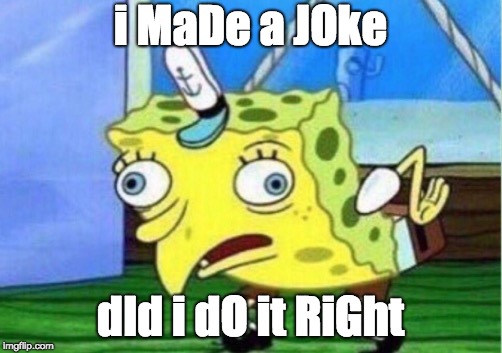
^^^ This was the worst example I’ve ever written. But you get it.
Be aware when your audience’s predictions become expectations, and try to exceed those expectations.
What are your favorite incongruity-resolution jokes or marketing moments? Hit me with ‘em in the comments!
“What does laughter mean? The greatest of thinkers, from Aristotle downwards, have tackled this little problem which has a knack of baffling every effort, of slipping away and escaping only to bob up again, a pert challenge flung at philosophical speculation.”
– Henri Bergson, 1911


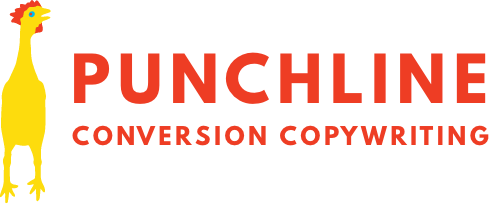



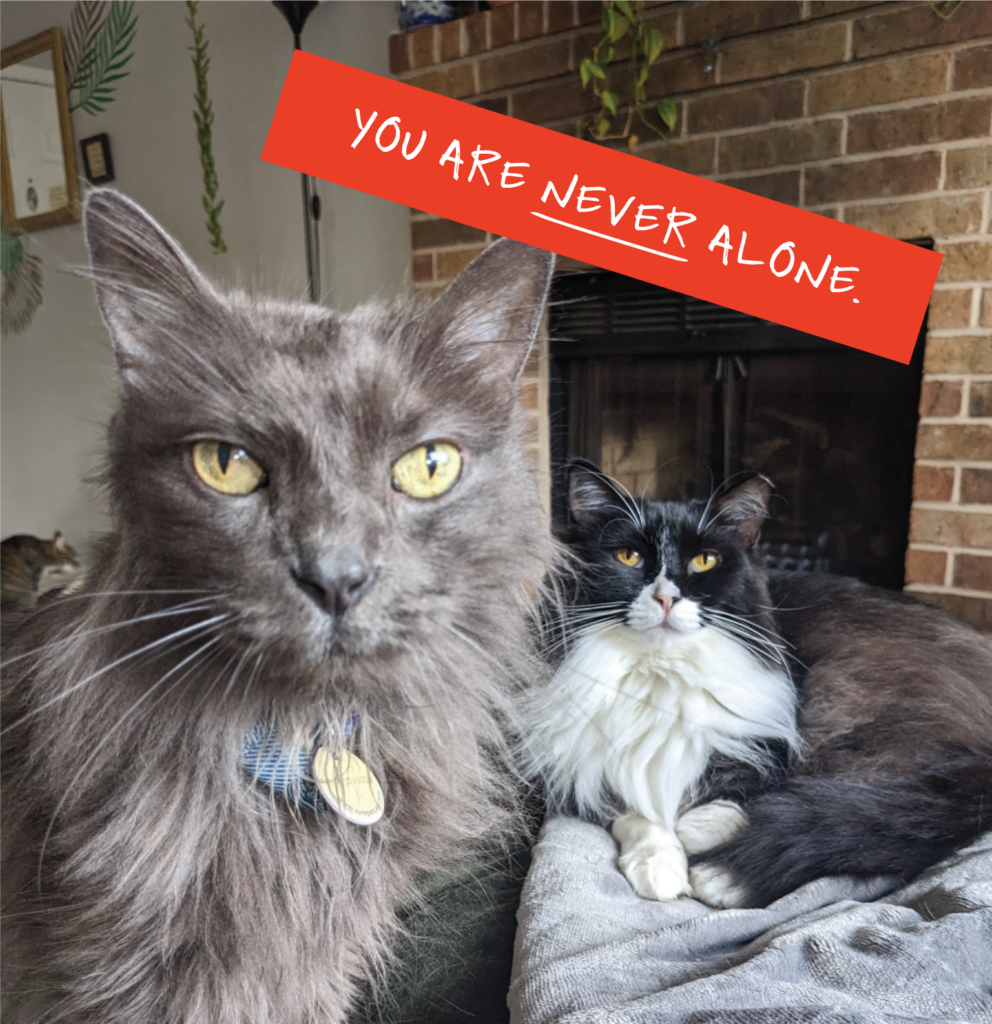
2 Comments
-

-
